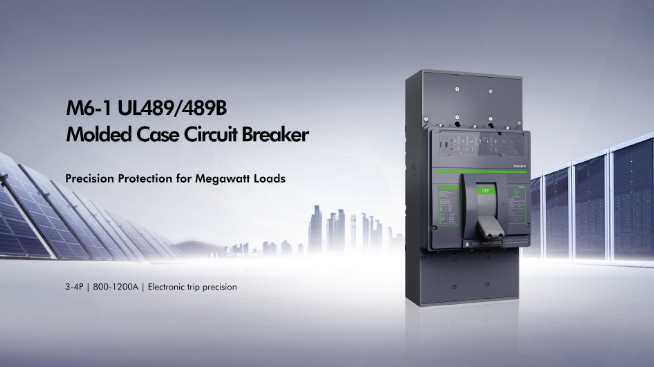Table of Contents |
The ‘Pay when you go’ meters, often called prepayment meters, encourage consumers to settle for their electricity before using them. Smartcard, token, or key-based power may be recharged in-store or through a mobile application.
So here are some essential things you need to learn regarding Prepayment meters.
What is a prepayment meter?
In today’s society, the traditional electric and gas meters are getting replaced by innovative smart meters quickly. Based on your tariffs, you may be able to use them during prepayment or credit options.
Homeowners in the United Kingdom are getting free smart meters today. Prepayment keys or card meters, which many of us presently have faded away underneath the basement or even outside our houses, because they are being replaced with these newer meters system.
When your house has prepayment meters, you will pay for your electricity or gas via a “pay-as-you-go” system if you want to use them. You would accomplish this by purchasing credits and then inputting them into the meter, often using a pin or smart cards. The charge upon that meter is depleted when gas or energy is utilized.
This is distinct from a monthly charge you pay but depends on the meter’s reading or estimation once you’ve utilized it. Additionally, it differs from settling down a fixed monthly rate via debit card, in which case your electricity or gas provider projects your yearly consumption and collects a predetermined monthly bill, distributing your energy expenditures equally throughout the year.
How do prepayment meters work?
Similar to the pay-as-you-go mobile app, this prepayment energy or fuel meters need credit to be somehow added in ahead. Based on the electricity or energy provider and the meter, the recharging process may change but will often involve a token, code, or some smartcard.
Reloads may be done somewhere in your local Post Office or any store displaying either PayPoint or Payzone symbol, including newsstands, convenience stores, gas stations, and groceries.
Several earlier prepayment meters include coin-operated, wherein coins are placed directly within the meters; however, this system is now very uncommon.
Benefits of prepayment smart meters
Making topping up easier
Using prepayment smart prepayment meters, you may fill up your fuel and electricity online as long as you have internet connectivity. As a result, that became an excellent reason for you not to waste your energy by going outside: PayPoint is the only place where you could manually fill up the cards and keys with classic prepay meters. In contrast, using smart meters, you may be topping up in various methods, including over your phone, online, or simply using your mobile phone app.
Reduce your energy usage
Prepayment Smart meters could quickly assist customers in adjusting their energy usage and, as a result, lower their monthly energy costs. In the prepayment option, the in-home screen displays customers’ credit balance through pounds or pence, as well as their current energy use.
It is possible to figure out which items, like those of your tv or coffee machine, are consuming the highest electricity using this data and then, when possible, make adjustments.
During prepay status, 90% of Smart Prepayment Meters users have reduced their overall energy consumption. They may do this by switching off their lights inside vacant areas or altering how they utilize their equipment.
Save and then take control of your energy usage
Users may determine times and circumstances when consuming excessive or minimal energy by examining the cumulative energy use information that prepayment smart meters give. Users can become more in charge of their use since they have now enough data about their usage performance.
Because of this, approximately 80% of intelligent prepaid users said they felt they had greater control over their gas or energy consumption thanks to a smart meter.
Access your prepayment electricity and gas meters
According to a study conducted by “Citizens Advice”, a number of16% of consumers using prepayment meters burn out their credit every year. Consumers skipping to reload (47 per cent) and users failing to recognize that their credit limit was low are the two leading causes of this (32 per cent).
On the other hand, Smart prepaid could actually prevent this since consumers can use their in-home device to monitor their energy consumption and verify their credits. Additionally, if a family eventually runs out of credits, they could immediately reactivate their electricity thanks to its online topping-up feature.
CHINT prepayment meter
ZG1.6S-1, ZG2.5S-1, ZG4S-1 Series IC Card Prepayment Gas Meter
IC cards prepayment gasoline meters of the ZG1.6S-1, the ZG2.5S-1, and the ZG4S-1 Series are good smart prepayment flow meters. It monitors the flow of combustible substances, including natural gas, LPG, swamp gas, and municipal pipeline natural gas, among many others. Its pressure exerted ranges between 0.5 up to 50 kPa. Additionally, you may handle prepayment monitoring.
The gas meters are equipped with an advanced measurement management system. Lower power losses, susceptibility against disruption of the magnets, an inquired tab, an overdraft tab, the valve-opened toggle, even an anti-attack IC cards, good stability, robust privacy, powerful anti-corrosion capacity, excellent design, high accuracy, high sense, and so on. are some of its features. Lastly, It utilizes an LCD featuring eight numbers.
ZG1.6-1, ZG2.5-1 Series IC Card Pre-paid Gas Meter
A smart prepay flow meter is one of the ZG1.6-1, the ZG2.5-1 Type IC cards class. It can monitor the flow of combustible substances, including natural gases (LPG), liquefied petroleum gas, swamp gases, and the gas within the area’s pipelines, among others. Its pressure range being supplied was 0.5 up to 20 kPa.
This gas meter uses an intelligent measuring monitoring system that has features like high dependability, solid security, and resilience to magnetic fields. This also uses a Display screen featuring eight numbers.
Conclusion
Payments are often lower and more common than monthly invoices or direct debit. This may aid in financing since there are no high or unforeseen costs to stress over, and then you can fill that meter up monthly or quarterly according to your needs.
Because these smart prepayment meters usually encourage a minimal amount of essential credits to be used before your meter has to be filled up once more, they effectively protect consumers from falling under indebtedness.
For customers who get into fuel debts, providers usually suggest you have a prepayment meter that may be arranged up to pay back a particular energy debt every week, depending on how far the client could afford it.
Prepayments are a simple method of tracking how much fuel you’re consuming and what it charges. Simply visit our energy-saving website to learn additional strategies to keep control of your energy use in the next year and adequately manage all your finances.





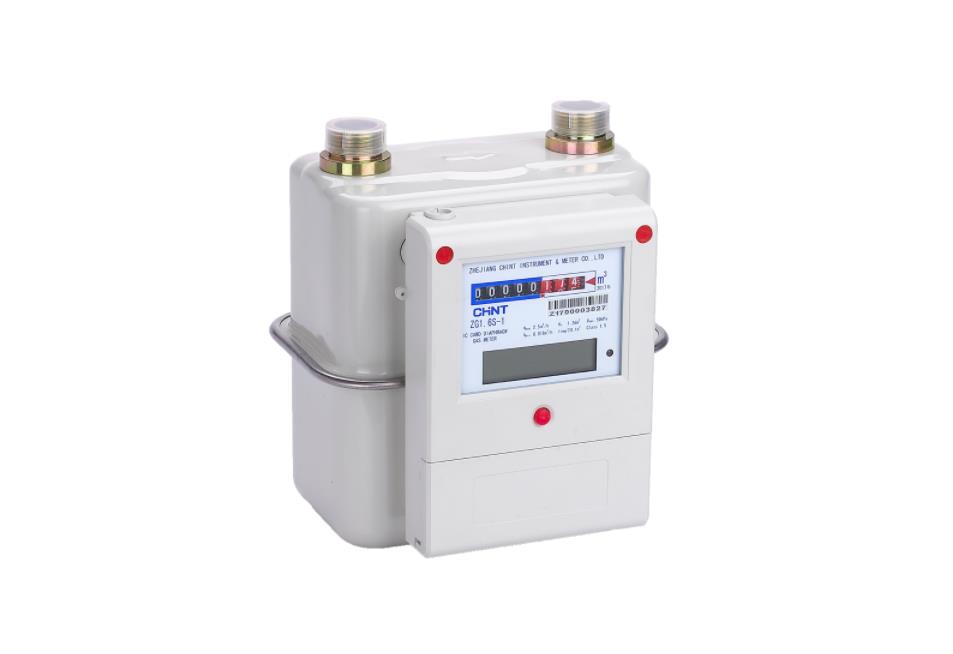
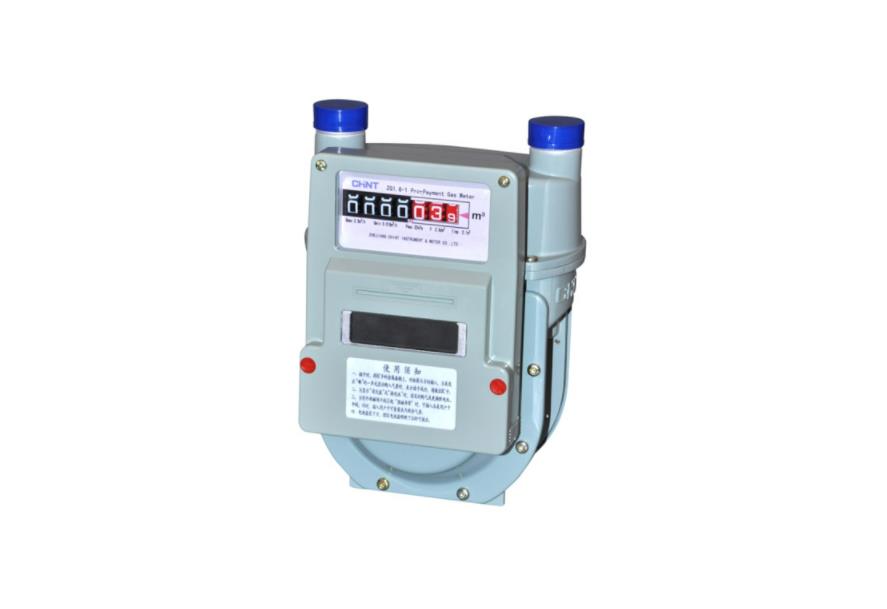
.jpeg)
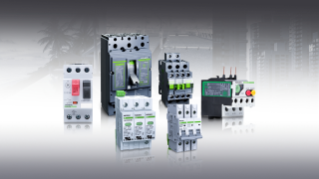
.jpeg)
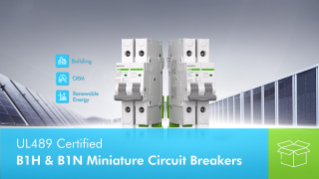
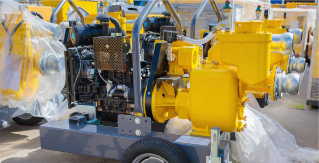
.png)
